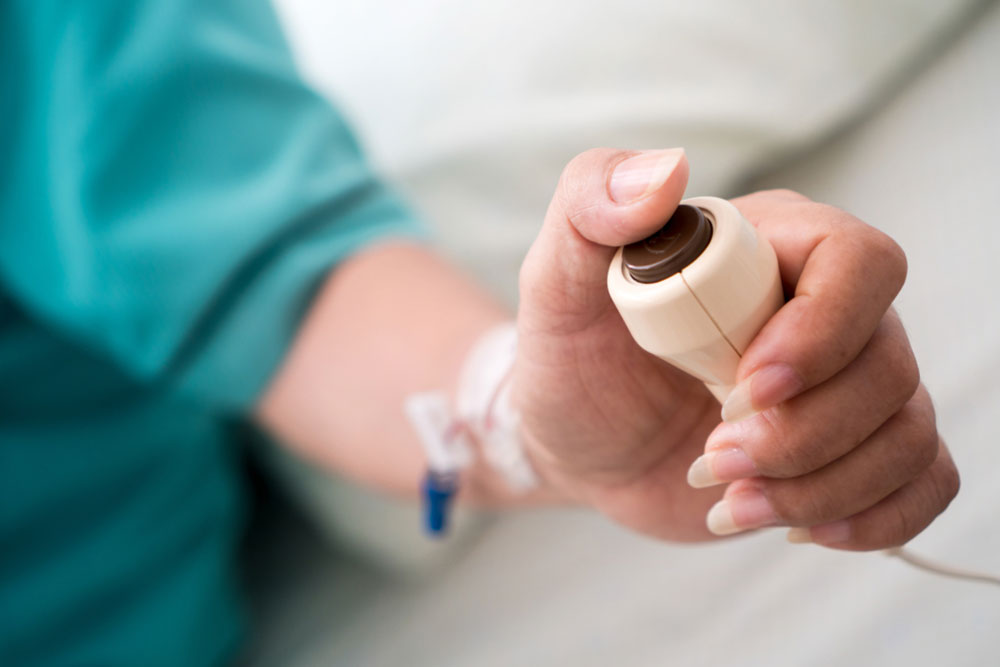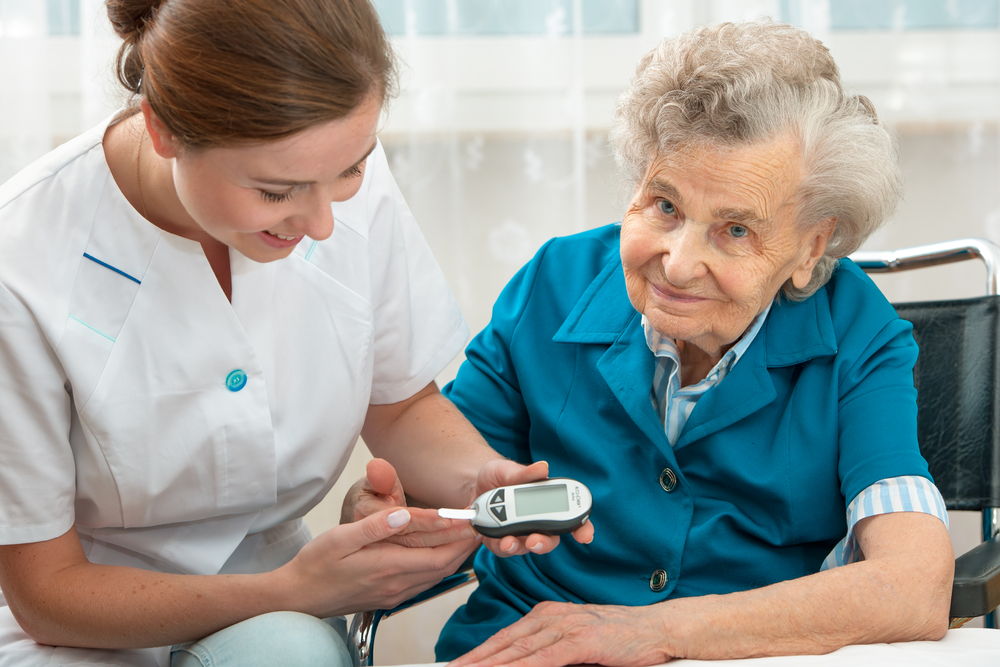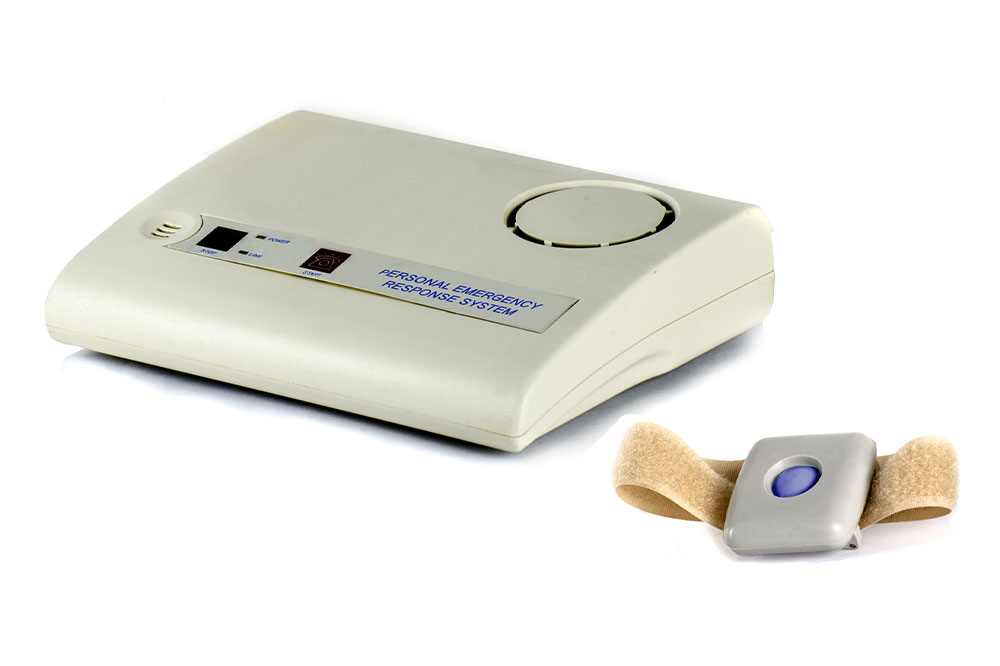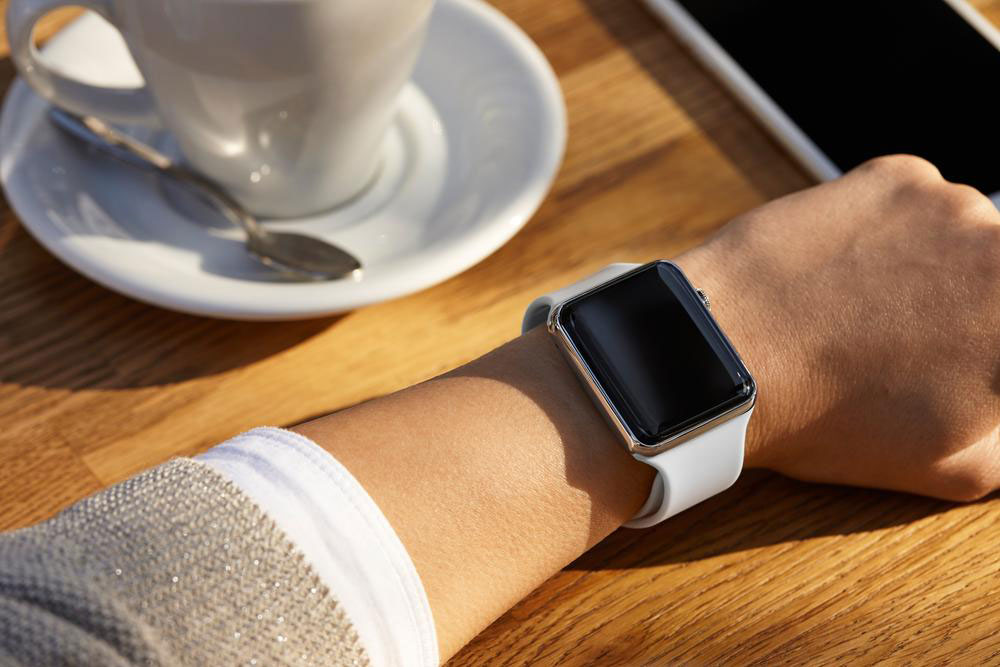Comprehensive Guide to Choosing the Perfect Medical Alert System for Seniors
This comprehensive guide helps families and caregivers choose the most suitable medical alert system for seniors. It details important features such as VOIP compatibility, coverage range, fall detection, and health monitoring, ensuring seniors stay safe while maintaining independence. Learn how to select a device tailored to individual needs, providing peace of mind and enhancing quality of life.

Comprehensive Guide to Choosing the Perfect Medical Alert System for Seniors
Ensuring the safety and independence of elderly loved ones is a top priority for families and caregivers. Medical alert devices play a critical role in providing a safety net, enabling seniors to live confidently at home while having quick access to emergency services when needed. These devices, often worn as wristbands or pendants, allow for instant communication with emergency responders at the push of a button, drastically reducing response times during critical moments.
Choosing the right medical alert system involves considering various factors to match the unique needs of the individual. This detailed guide explores essential aspects to consider, ensuring you select a device that offers reliable protection, ease of use, and additional safety features.
Compatibility with VoIP Phone Services: Many seniors rely on VoIP (Voice over Internet Protocol) telephone services via their cable or internet providers. It’s crucial to verify that the selected medical alert system supports VOIP connectivity, especially since some providers require specific testing to ensure that emergency calls, including 911, are successfully routed. Failure to confirm compatibility can result in life-threatening delays during emergencies.
Coverage Range and Connectivity: Understanding the effective range of the device is essential. Most medical alert systems include a wearable pendant or wristband and a base station, which communicate wirelessly. Typically, these devices operate within a 400- to 600-foot radius, covering the entire home and outdoor areas such as yards and gardens. Ensuring the device's range aligns with the living environment helps maintain consistent communication during emergencies.
Specialized Features for High-Risk Conditions: Seniors with osteoporosis or a history of falls require rapid assistance to minimize injury severity. Some medical alert systems offer specialized fall detection sensors or osteoporosis alert features that notify caregivers automatically in case of a fall, ensuring immediate help arrives. These features are vital for improving recovery outcomes and reducing complications.
Additional Safety and Health Monitoring Features: Modern devices often incorporate medication reminders, heartbeat monitoring, or activity tracking. These additional features help manage daily health routines effectively and can alert caregivers to irregularities, further enhancing overall safety and health management.
When equipped with a suitable medical alert system, seniors gain increased independence, confidence, and peace of mind. Families can rest assured knowing their loved ones are protected, with quick access to emergency support whenever needed. Selecting the right device tailored to specific health conditions and lifestyle ensures optimal safety and enhances quality of life for beloved seniors.
Investing in a comprehensive medical alert system is a proactive step towards safeguarding loved ones, empowering seniors to maintain their routines with confidence and security.





